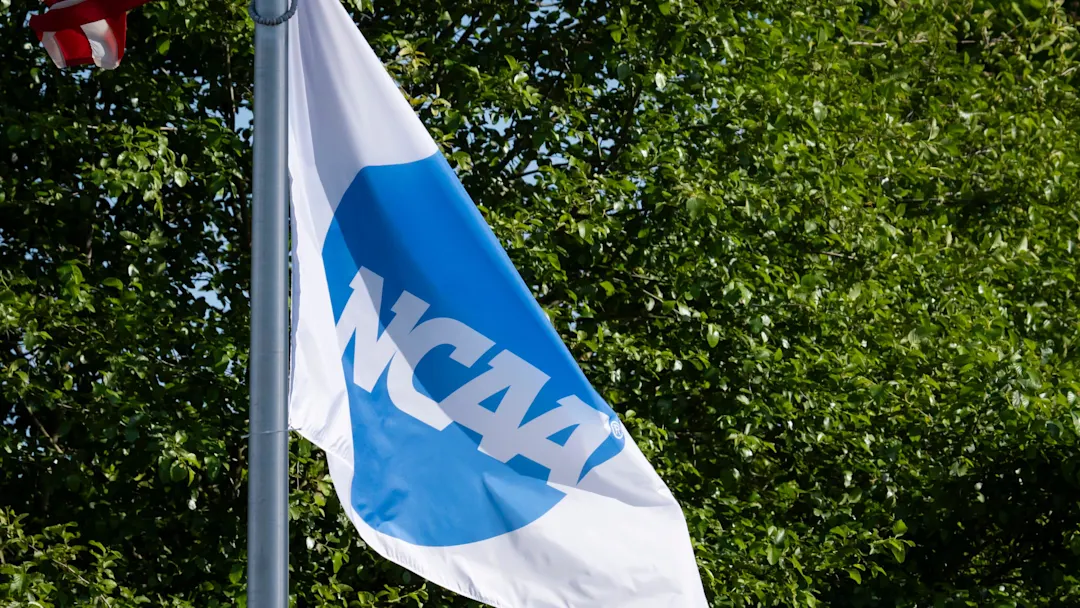College athletics has entered a new era—an age defined by unprecedented change, evolving priorities, and a shifting power dynamic that has transformed the entire landscape. Name, Image, and Likeness (NIL) deals, transfer portal chaos, and conference realignment have all collided to form a perfect storm. At the heart of it all stands the University of South Carolina, a proud SEC institution looking to navigate the new frontier and ensure the Gamecocks aren’t left behind.
When the NIL era officially launched in July 2021, it wasn’t immediately clear how quickly the ripple effect would spread. Now, nearly four years in, the reality is undeniable: college sports, especially football and men’s and women’s basketball, will never look the same. Student-athletes have become brands. Recruitment has become a business transaction. Loyalty has been redefined. And programs that were once on even footing are now scrambling to keep up with the rising cost of remaining competitive.
South Carolina finds itself at a pivotal juncture. The university has a strong tradition, passionate fanbase, and membership in the most powerful conference in college sports—the SEC. But in the new era of college athletics, tradition alone doesn’t win championships. Resources, strategy, adaptability, and visionary leadership matter more than ever.
The Gamecocks have already begun to embrace change, but the pace is intensifying. Take NIL, for example. South Carolina’s players are now able to monetize their popularity in ways never before permitted. And in many cases, it’s life-changing. But in this arms race, it’s not just about allowing NIL—it’s about actively empowering it. Schools with deep-pocketed collectives and coordinated efforts to land and retain top-tier athletes are separating themselves from the pack. South Carolina’s “Garnet Trust” and other booster-led NIL initiatives have made strides, but they must now evolve into aggressive, player-first operations that can compete with the likes of Georgia, Alabama, and Texas A&M. Otherwise, South Carolina risks becoming a developmental program feeding elite talent to bigger brands.
The transfer portal, too, has complicated matters. Coaches no longer simply recruit high school talent—they must constantly re-recruit their own players while mining the portal for plug-and-play impact. South Carolina football coach Shane Beamer has done a respectable job of working the portal to fill key needs, but maintaining roster continuity has become a Herculean task. In one season, a locker room can turn over by more than 40%. Team chemistry, long-term development, and class balance have become secondary concerns in the race to field a competitive roster every fall.
For South Carolina’s basketball programs, the changes have had an equally transformative impact. On the women’s side, Dawn Staley’s program has become a blueprint for sustainable success in the NIL era. South Carolina women’s basketball has not only adapted—it has thrived. Players like Aliyah Boston and now rising stars like MiLaysia Fulwiley and Raven Johnson are becoming national celebrities with major sponsorship deals. Staley’s ability to build a culture that emphasizes empowerment, equity, and development while winning championships has placed the program among the nation’s elite. She has shown that it is possible to succeed on and off the court, even in the chaos of the modern era.
On the men’s side, Lamont Paris faces a different kind of challenge. The program has not enjoyed the same level of success or national recognition, which makes competing in this new space that much harder. NIL collectives are less robust. Recruiting elite talent is more difficult. The portal becomes both a blessing and a curse. One great season can attract attention—but sustaining momentum requires resources. Paris must now not only win games, but also win negotiations and recruitment battles in an increasingly volatile environment.
One of the most significant developments looming over college athletics is conference realignment. While South Carolina’s position in the SEC feels secure, the broader chaos has introduced instability. With the Big Ten and SEC pulling further away from the rest of college football, the future seems destined to be controlled by these two superconferences. Media rights deals, playoff structures, and revenue sharing will all hinge on this consolidation of power.
For South Carolina, this can be both a blessing and a burden. On one hand, remaining in the SEC ensures access to top-tier competition, exposure, and revenue. On the other, the climb within the conference has never been steeper. Programs like Texas and Oklahoma are joining the fray, further crowding an already brutal gauntlet. South Carolina must find a way to compete against some of the most well-funded, historically successful teams in the country every single year. Success will no longer be measured by national titles, but by consistency, bowl appearances, and the ability to attract and retain talent.
All of this change has prompted questions about identity. What does it mean to be a Gamecock in the modern era of college sports? For fans, the emotional connection to the program runs deep. Williams-Brice Stadium still rocks on Saturdays. Colonial Life Arena remains a fortress for Dawn Staley’s squad. But the transactional nature of the sport now makes the relationship between players and programs feel different. The jersey means something—but players may only wear it for one season. Is it still “for the love of the game,” or simply a stepping stone?
Despite the uncertainty, there is opportunity. South Carolina is uniquely positioned to capitalize on the modern era if it embraces innovation. The fanbase is hungry, loyal, and supportive. The SEC provides a financial and competitive platform unmatched by most. The school is located in a state with passionate high school football culture and deep basketball talent. And most importantly, the leadership appears willing to evolve.
University President Michael Amiridis and athletic director Ray Tanner have both acknowledged the need to adapt. Investments in facilities, NIL collectives, and support staff are steps in the right direction. But more is needed. South Carolina must become a destination—not just for top athletes, but for coaches, sponsors, and innovators who want to build something bold. In the NIL era, perception matters. South Carolina has the chance to build a reputation as a forward-thinking program that values both athlete welfare and competitive excellence.
In many ways, the women’s basketball program has already achieved that. Dawn Staley is more than a coach—she’s a leader, a symbol of what is possible when vision meets execution. Her players graduate. They succeed. They give back. And they win. That model can and should be replicated across all sports in Columbia.
It won’t be easy. The margin for error is smaller than ever. A single recruiting miss or a slow reaction to an NIL opportunity can set a program back years. But South Carolina has proven it can rise to the moment. The Final Four appearances. The baseball national titles. The women’s basketball dynasty. Those weren’t accidents—they were the result of belief, planning, and bold decisions.
Now, as the Gamecocks stare down a new era, the question isn’t whether college athletics has changed. It’s whether South Carolina can lead that change. Can the Gamecocks harness NIL to attract and retain elite talent across all sports? Can the program develop a competitive edge in the transfer portal? Can it turn passionate fan support into sustained financial backing for athletes? And can it build a brand that transcends the chaos?
The next five years will be pivotal. Decisions made today will define the trajectory of South Carolina athletics for decades to come. Fall behind, and it may take years to catch up. Push forward, and the Gamecocks could become one of the standard-bearers of the new age.
This is a moment of reinvention. A chance to write a new story—not just for football or basketball, but for every athlete who wears garnet and black. A story defined not by fear of change, but by embracing it. South Carolina’s greatest era may not lie in the past. It may be waiting just beyond the horizon, in a future where Gamecocks soar higher than ever before—not in spite of the chaos, but because they had the courage to rise above it.



